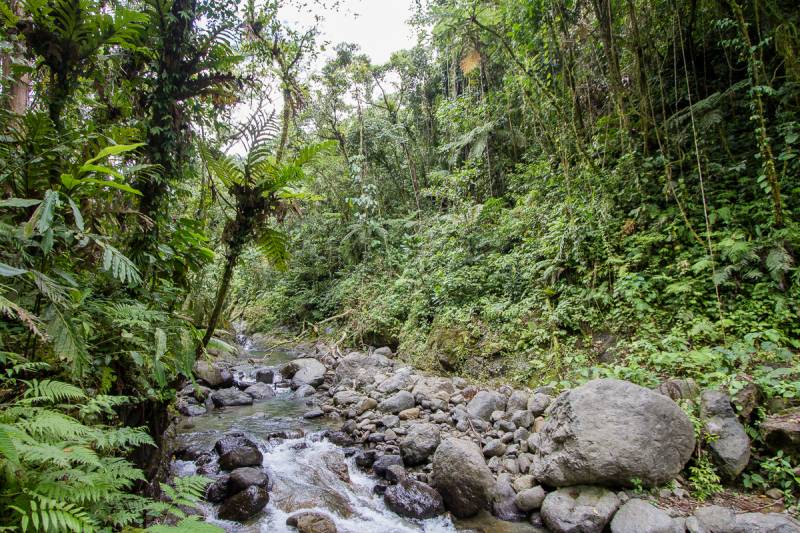Ants illuminate biogeography and diversification in the Indo-Pacific
Tropical islands harbor extraordinary biodiversity and many endemic species. Recently, scientists used ants as model to study historical biogeography and diversification in the Indo-Pacific.
Under the leadership of Pável Matos-Maraví (Czech Academy of Sciences and University of Gothenburg, Sweden) and Milan Janda (researcher Conacyt at ENES, UNAM, Mexico and Czech Academy of Sciences) an international group of ant and biodiversity specialists studied over 100 ant species distributed in Southeast Asia, Australia, New Guinea, Micronesia, and Polynesia. Using genetic tools and statistical inferences, the authors deciphered how the ants spread across the entire Indo-Pacific region.
They discovered that Prenolepis genus-group ants spread over the Indo-Pacific region from original populations in continental Southeast Asia, colonizing the island of New Guinea 25 million years ago and invading Vanuatu and the Fijian archipelagoes between 10 and 15 million years ago. The colonization of Micronesia and Polynesia was delayed until 5 million years ago due to inundations and re-emergences of land in those regions.
These findings led the authors to conclude that dispersal and speciation of ants in the Indo-Pacific were modulated by geological events, like emergences of land bridges, mountains, and new islands. However, the study also documented that habitat preference and other ecological traits, have also influenced ant dispersals to new islands. They showed, for example, that ants nesting in disturbed and open environments, such as savannahs, were more prone to spreading to new islands. This finding is partly in agreement with the “taxon cycle” hypothesis proposed by E.O. Wilson in the mid-twentieth century.
This study is among the most comprehensive phylogenetic research studies of ants from the Indo-Pacific. It is based on large collections of specimens made by several international teams and natural history museums. The team at the Institute of Entomology, Biology Centre CAS and the LANASE, UNAM Morelia has had a leading role in this research thanks to their long-term activities in Papua New Guinea. This study was made possible by collaborations between junior scientists at the Institute of Entomology and colleagues from the USA, Japan, and Australia. This collaborative network included Prof. E.O. Wilson, who pioneered biogeographic and ecological research of ants in the South Pacific. This latest study links to his original hypotheses proposed nearly fifty years ago and tests them in a phylogenetic framework.
Link to the original publication: An ant genus-group (Prenolepis) illuminates the biogeography and drivers of insect diversification in the Indo-Pacific

Add Your Comment